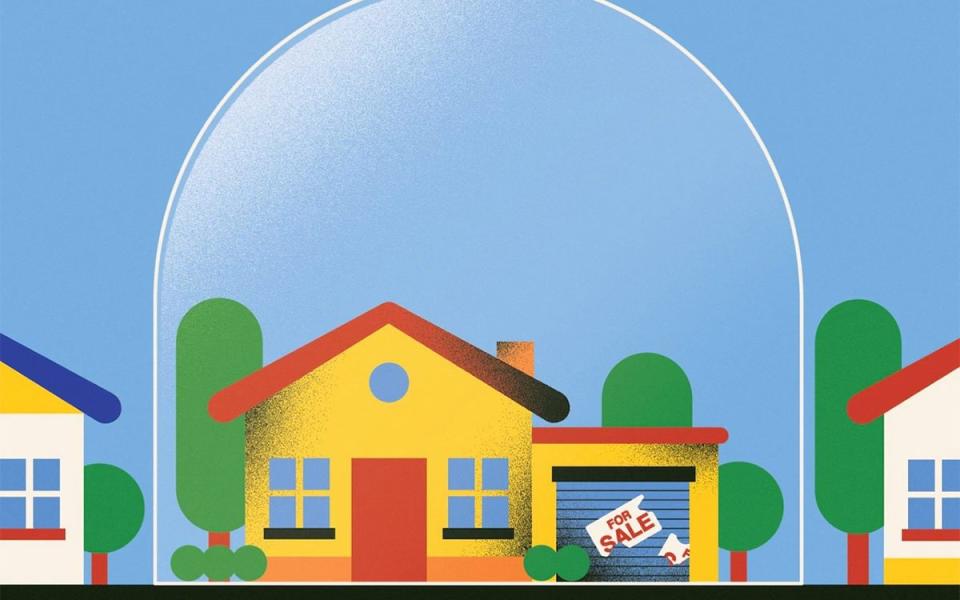Wealthy upsizers outnumber first-time buyers for first time in five years as Covid restrictions bite

Upsizers and downsizers are pushing first-time buyers out of the market for the first time in five years, new research shows.
The coronavirus recession and the withdrawal of low-deposit mortgages mean that the share of first-time buyers in the property market will shrink for the first time since 2014 and continue to decline into next year, according property website Zoopla.
The property market’s “mini-boom” since Covid restrictions were lifted has masked a deepening wealth divide that could hit house prices hard further down the line.
First-time buyer demand, which Zoopla measures using a combination of searches and inquiries, has fallen steadily since June.
Despite the summer property surge and Chancellor Rishi Sunak’s stamp duty holiday, first-time buyer demand in the week to September 21 dropped below the level seen at the beginning of February. Meanwhile, demand from existing homeowners was up 37pc.
First-time buyers are increasingly being shut out of the market because lenders have withdrawn low-deposit lending en masse. It is now almost impossible for anyone to buy with a deposit worth less than 15pc of the property.
This has cut out a large chunk of mortgaged buyers from the market. In 2019, buyers with 10pc deposits accounted for one in five mortgaged home purchases, Zoopla said.
This has not hit house prices because there is so much new demand from homeowners who want to upsize urgently after lockdown. This group is largely immune to these lending constraints: three quarters are over the age of 45 and half are mortgage-free.
Richard Donnell, of Zoopla, said the new restrictions announced by Prime Minister Boris Johnson last week and the threat of a second lockdown were likely to spur this group on “as the importance of home grows.”
In 2019, first-time buyers accounted for 34.9pc of sales. Zoopla predicts their share will drop to 33.9pc this year, followed by a further fall to 32.2pc in 2021.
The share of existing homeowners buying with a mortgage will jump from 34pc to 35.9pc over the same two-year period, it said.
The differences sounds small on a national level, but they will be magnified in certain local markets. Across Great Britain, the average difference between demand from homeowners and first-time buyers is 37.8 percentage points.
In the South East, this stretches to 48.5 percentage points. In Scotland and the South West, the respective differences were 46.4 and 44 percentage points.
Cutting first-time buyers out of the market could hit house prices hard further down the line. Activity now is being driven by what Zoopla calls “a once in a lifetime” reevaluation of housing needs. The surge in demand will likely be finite.
Existing homeowners are driving up house prices because they want to upsize quickly to take advantage of the stamp duty tax break before it expires on March 31 2021.
August sale prices were 2.6pc higher than last year. The average British home now costs £218,262, nearly £3,000 more than before the pandemic in March.
Sellers are responding to the surge. The number of available listings is up 10pc on the level seen a year ago.
This increase in supply is fuelling the market, but it is also exposing it to risk. If there is a sudden drop in demand, as is likely if unemployment spikes sharply or when the stamp duty holiday ends, the market would immediately be oversupplied. That could trigger a period of price reductions lasting up to six months, Zoopla said.
“The housing market will not remain immune to the impacts of weaker economic growth and rising unemployment,” said Mr Donnell.
